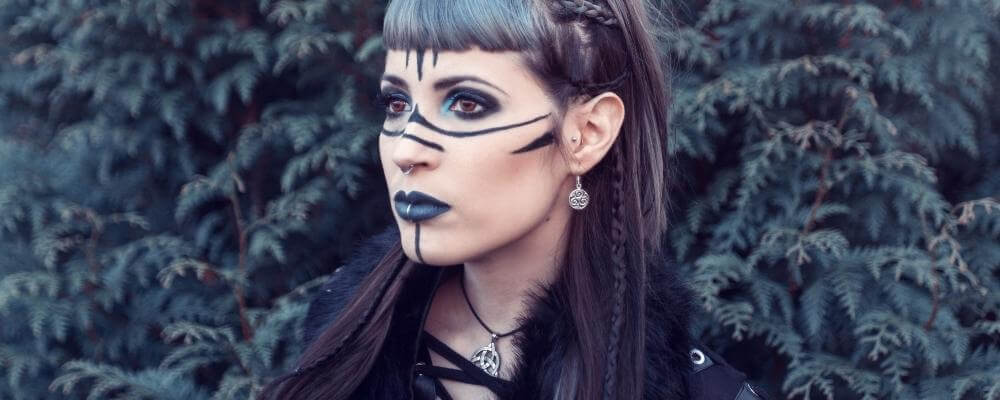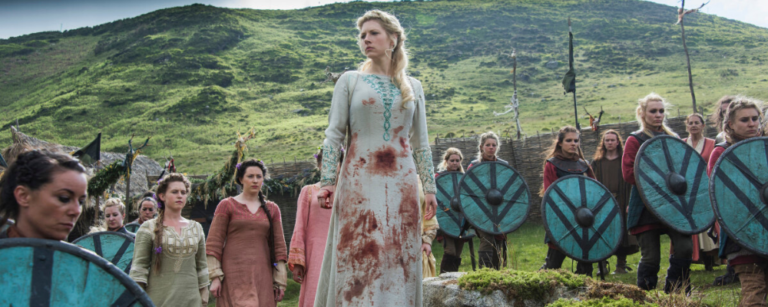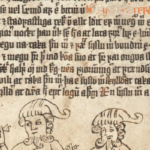Anyone who has watched an episode of the History Channel’s epic show Vikings would be forgiven for thinking that all Viking women were Valkyrie warriors on par with their menfolk, that enjoyed significant power and freedom.
But, while Viking women enjoyed more freedoms than their counterparts in other parts of Europe, they were far from equal to their men. In fact, the Old Norse word vikingar refers solely to men.
While Viking women were no strangers to battle, living in a highly warlike society, women’s domain was the home. They might have combat skills to defend their land and children, but very few would have found themselves on the battlefield.
The Viking warrior women that we hear about in the sagas were the exception rather than the rule. They almost always had the privilege of being the wife or daughter of a warrior chief. It was only the wealthy and powerful that could break the social mold.
Daughter to Wife
Just like most women that lived a thousand years ago, Viking women were not entirely independent. They passed from the house of their father to their husband upon marriage. Women usually married between the ages of 12-14. This again was common at the time, and corresponds with beginning to menstruate.
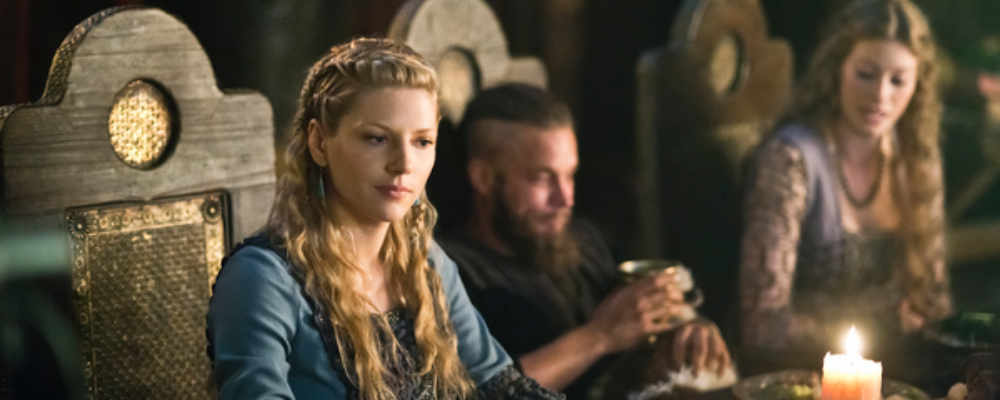
In most cases, a girl’s husband would be chosen by her father, for reasons of alliance and exchange of wealth. It is hard to imagine a girl of 12 having much power to fight the wishes of her father. Many of the sagas tell stories of girls who married in defiance of the wishes of their family, but they always seem to come to a bad end. This suggests that the stories were partially told as warnings.
While in the home of her husband, a wife was expected to remain faithful. If a husband caught his wife cheating, he had the right to kill both his wife and her lover. However, similar punishments were not extended to husbands. They could even bring mistresses into their home to live, though their wife would remain the head female of the home.
But the Vikings were relatively forward-thinking when it came to divorce, with either party being legally able to initiate a separation, though how this worked in practice is unclear. Women often seem to have left their husbands if they became destitute, perhaps with the encouragement of their fathers so that they could marry a different ally. Women were also encouraged to leave their husbands if they beat them three times.
Widows, who would have returned to their family home, may have had more power when it came to their next match.
There are stories of women who break this mold. For example, the Swedish queen Sigrid the Proud was courted by many men following the death of her husband, but she refused to marry someone who was only after her power. In order to discourage further suitors, she invited a number of the men seeking her hand to her home. She got them to drink, locked them in her hall, and burnt it down.

Women Head of the Household
Viking men were the head of their households. Only they could hold political positions or appear in the courts. But while they were out forging alliances or making a name for themselves on the battlefield, it was left for the women to care for the home.

Most Vikings lived in extended households that included older relatives, children, foster children, and others. While all would have participated in the work that was needed to manage the household, the wife of the Viking head of home was almost always in charge.
They would have been in charge of overseeing the harvest, cooking, cleaning, making clothes, and there is strong evidence that they were also in charge of the family finances. They had to be many things at once. To suggest that this type of work would not have required the strength of a warrior is to misunderstand just how hard life was during the period.
Find out how Viking women dressed and styled their hair.
Teacher and Priestess
As well as the hard work of physically running a household, women were responsible for the mental and spiritual health of the household.
While Viking men would have taught their sons to fight, it was Viking women who were primarily responsible for children’s education. As well as passing on skills, they would have been the ones that passed on the oral mythology that formed the basis of Viking culture and religion. A Viking woman would have needed to be well versed in the stories of Odin, Thor, Freya, and the other gods.
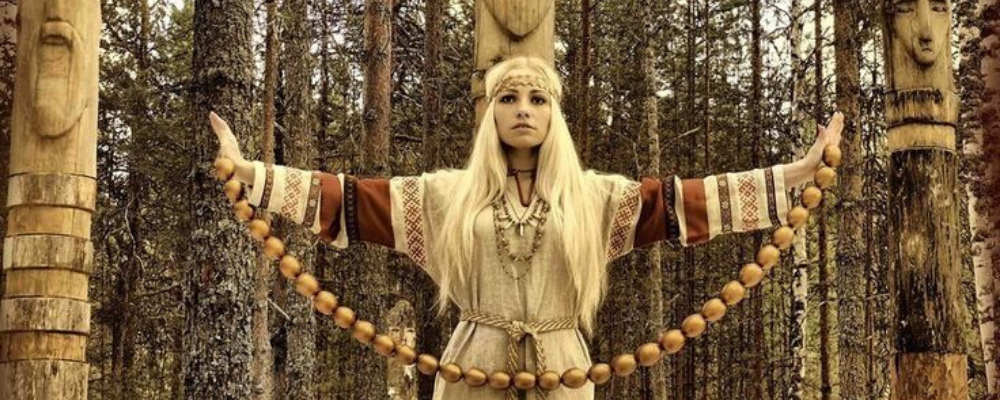
Viking religion also primarily happened in the home, rather at cult centers, such as churches, as we see with Christianity. In the home, women played the role of priestess, calling on the protection of the gods and sacrificing animals on certain occasions as required.
Women priestesses and seeresses were also well respected outside the home. Read our article on these Volva priestesses.
Women Warriors
While we might romanticize the idea of shield maidens, Viking women almost never fought alongside their menfolk in raids. While women would have had some skill in fighting, this was to defend their homes while their menfolk were away.

Take for example the story of Blenda of Smaland, who killed 300 Danes with the help of her women. They were called on to fight because their menfolk were away. And they did not fight the Danes on the field. Instead, they feigned surrender, inviting the Danes into their home. There they got them very drunk, and then the women killed them in their sleep.
Sometimes women, not to mention children, would join their men on their journeys. Vikings did not always set out just to pillage, they sometimes sought new lands to settle, and would bring their families. But if women were called on to fight in these campaigns, it would have been an urgent situation when arms were desperately needed, or to defend supplies that might be attacked while the men were off raiding.
But what about warrior women such as Freydis, who infamously fought off an entire native tribe singlehandedly in Vinland, in the Americas? Let us not forget that she was the daughter of the chief of Iceland, the sister of the man who discovered Vinland, and was accompanied on her journey by her brothers and husband.
While she is described as a mighty warrior, the sources have little else good to say about Freydis. She is also described as being underhanded and betraying her own partners. Whether this is true or not, that these things are recorded reflects the fact that women who broke traditional gender roles were often described as abnormal, and dangerous. The European witch trials are largely explained as men persecuting women that fell outside of their control and threatened traditional power structures.
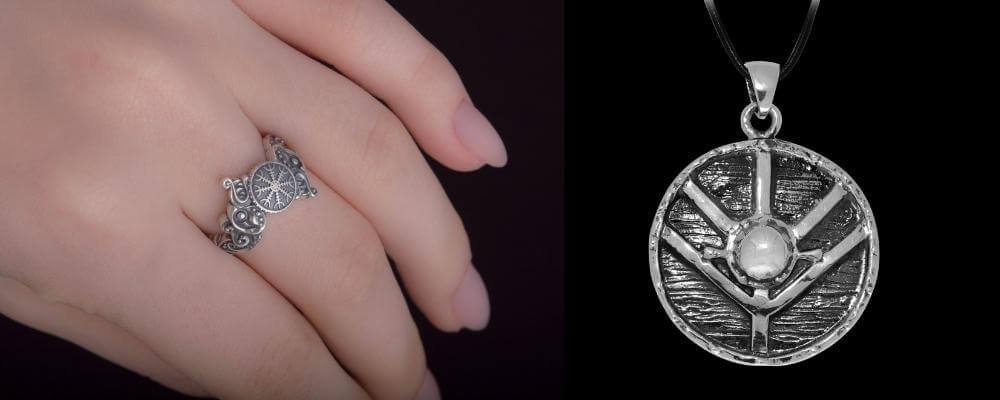
Valkyries and Goddesses
The Valkyries are often pointed to as evidence that the Vikings respected their women as warriors. These were warrior goddesses thought to be the servants of Odin, in his guise as the god of war. They would help Odin gather the souls of brave fallen warriors from the battlefield and take them to his hall, Valhalla.
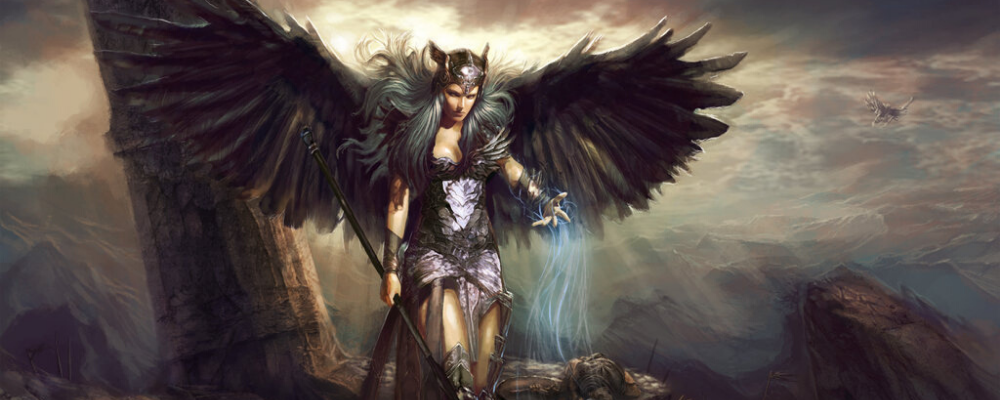
In Valhalla, the warriors would feast and fight, and be served their drinks by the Valkyries. So even these warrior women were expected to play the role of subordinate women.
The Valkyries can also be compared with the other Norse goddesses. First and foremost, it is worth noting that very little is known about the majority of Norse goddesses, and that very few of their own stories are recorded. They only tend to be mentioned in relation to their menfolk.
Frigg was the wife of Odin, and she was probably a goddess of the household, but her powers are largely unknown. Sif was the wife of Thor, and while she was a fertility goddess, no stand-alone stories survive about her. Sigyn was the wife of Loki, and while her name means Victory, we only hear about her standing by Loki when he is punished for his role in the death of Balder. It is also worth noting that Odin, Thor, and Loki all have children by women, suggesting that even goddesses could not command the fidelity of their husbands.
Freya is the goddess about whom we know the most, and she seems to have been the most venerated goddess among the Vikings. She was a goddess of fertility, love, and beauty. No stories of her wielding a weapon survive.
Real Viking Women
While we are excited about playing a Viking shield maiden leading a troupe of her fellow Vikings against the Anglo-Saxon kingdoms in the new Assassins Creed Valhalla, it must be accepted that the modern game hardly reflected the real world of Viking women.
With rare exceptions, Viking women were blocked from being soldiers and leaders. Like most women of the day, Viking women were second-class citizens whose power and influence were limited to the home.
This is not to say that they were not warriors. It takes a warrior’s strength to work from dawn until dusk to feed your family, protect your home from both bandits and natural disasters, raise your children, and defend your place in the world. Viking women were warriors of a different ilk.
